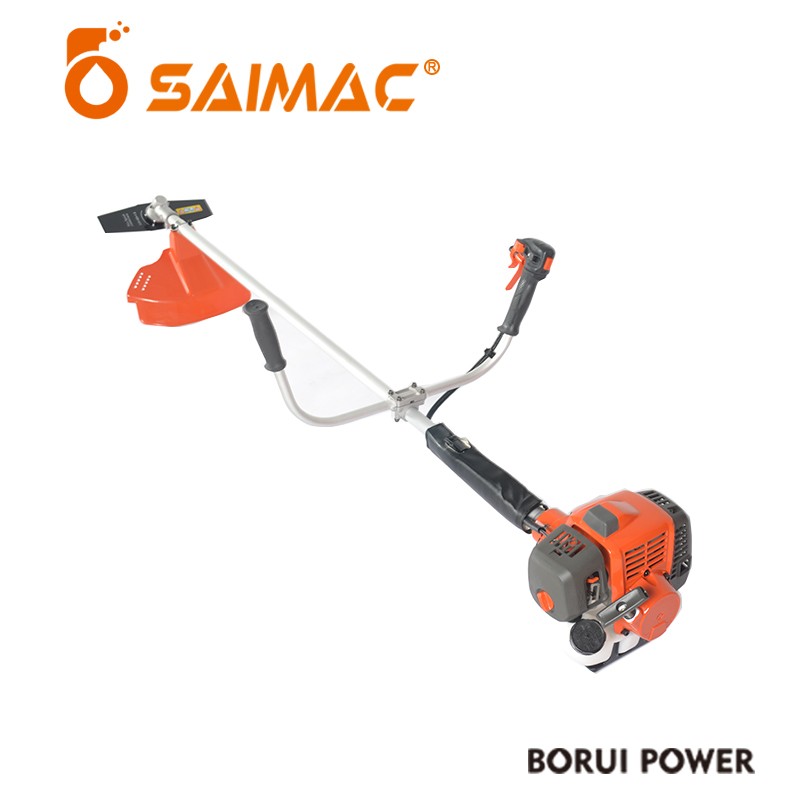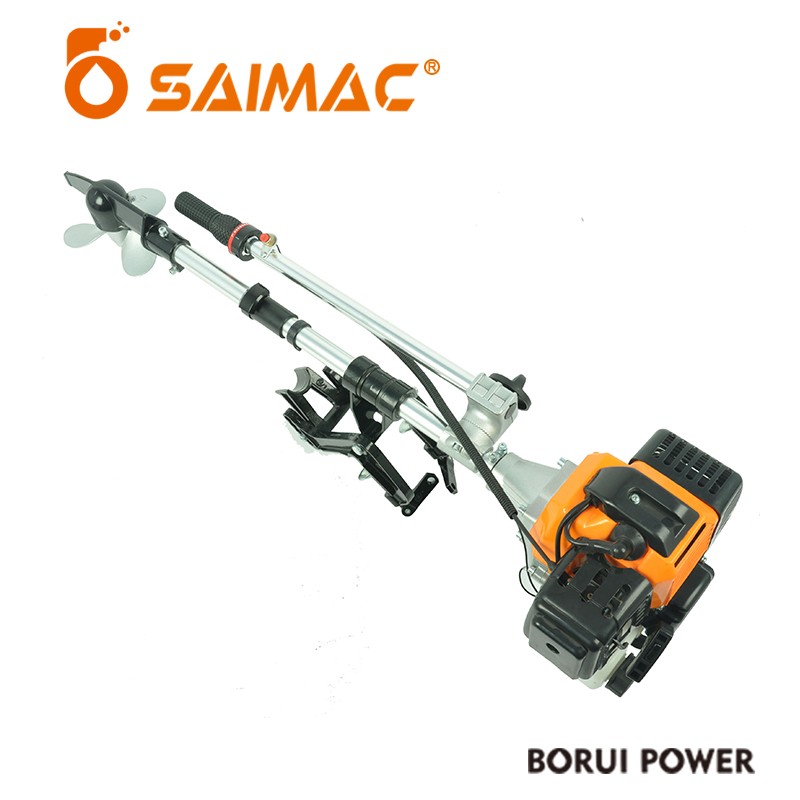OUR PRODUCTS
Borui Power is a partner you can count on, welcome to our factory.

We would love to cooperate with friends from all over the world to create a more splendid future together!


ABOUT US

Linyi Borui Power Machinery co. Ltd. is in the Linyi city which is the most important base of gasoline engines and related products.
Our company focus on general-purpose gasoline engine, plant protection machine, garden and agricultural machine. Such as gasoline engine, power sprayer, mist duster, brush cutter, water pump, blower, hedge trimmer, outboard motor etc...
Adheres to the principle of “cost-effective”, we always do our best to providing the best price machine with good quality. Now our products exports to South Asia, Southeast Asia, Middle east, Southeast America, and Europe and other countries and regions.
Borui Power is a partner you can count on, welcome to our factory.
WHY CHOOSE US

-

Product Certificate
Now our products exports to South Asia, Southeast Asia, Middle east, Southeast America, and Europe and other countries and regions.
-

Our Strengths
Now our products exports to South Asia, Southeast Asia, Middle east, Southeast America, and Europe and other countries and regions.
-

Product Sales
Now our products exports to South Asia, Southeast Asia, Middle east, Southeast America, and Europe and other countries and regions.













